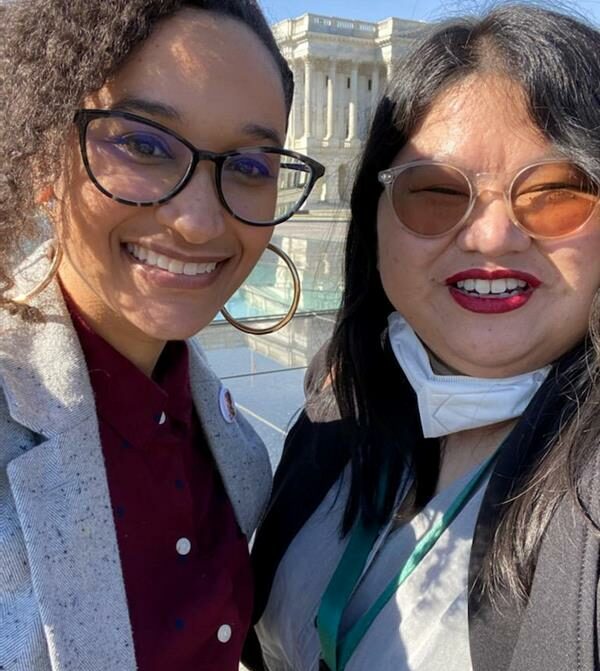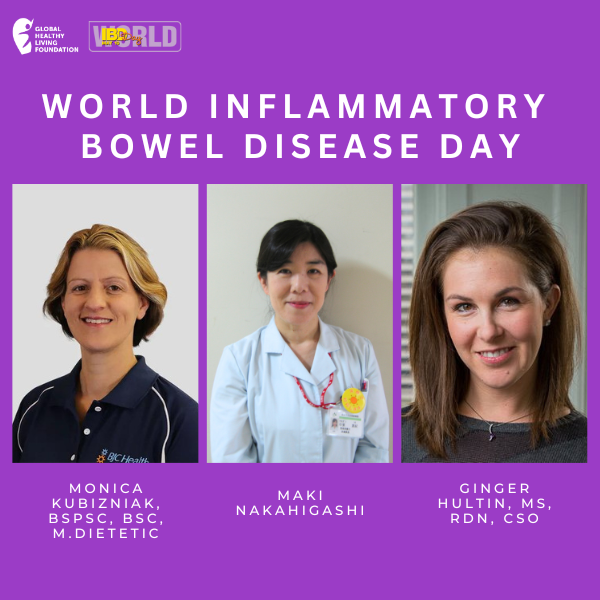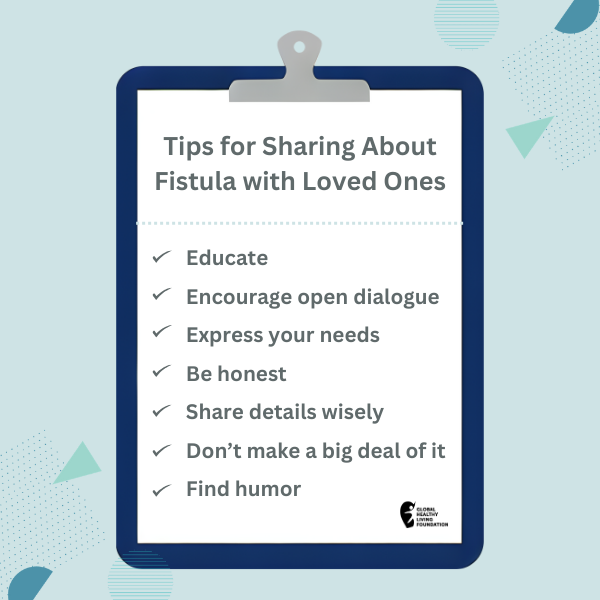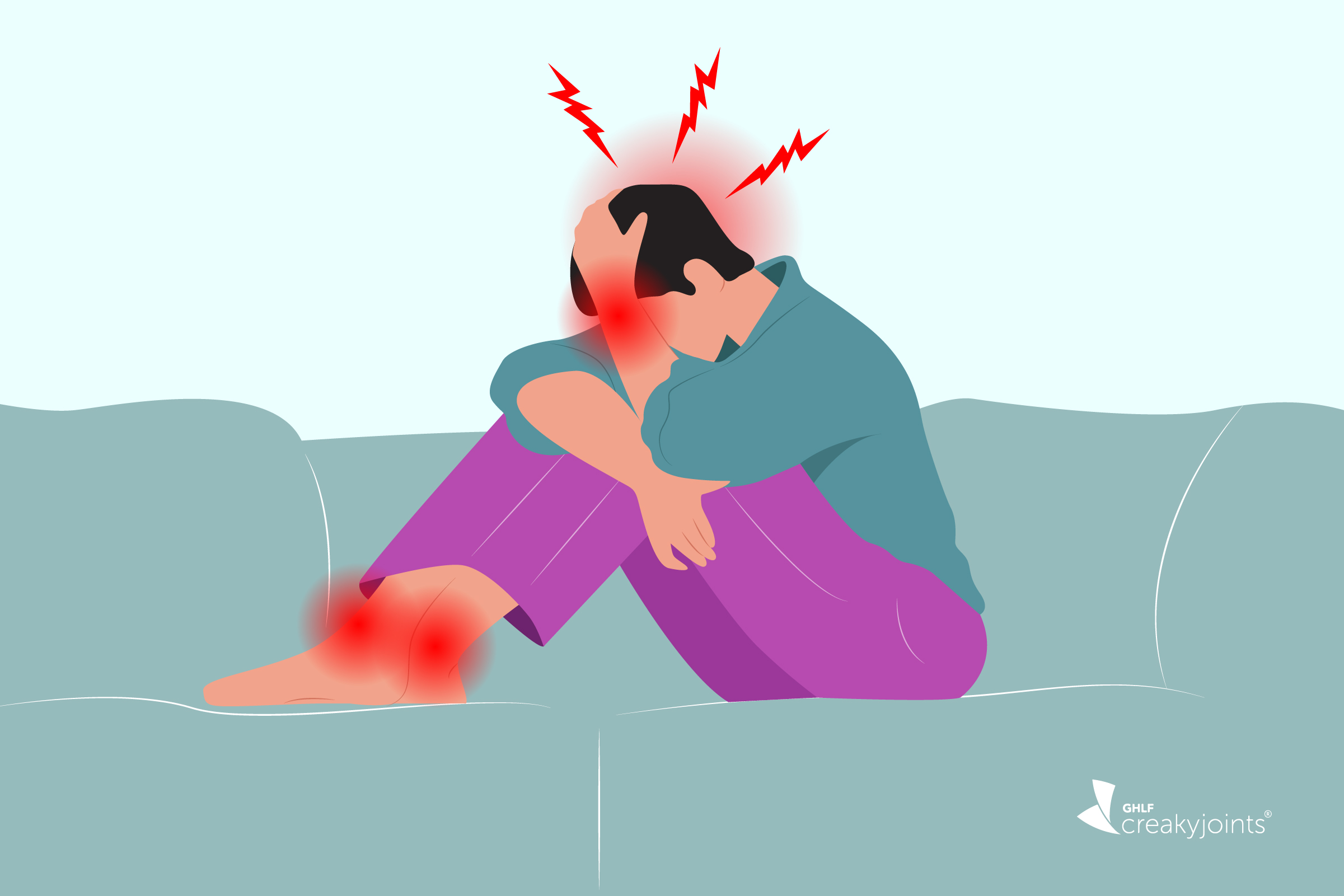Discover the symptoms of brain fog linked to migraine and learn coping strategies to manage cognitive challenges.
5 Things I Learned at Headache on the Hill as a Patient Advocate — And What I Want You to Know Too
5 Things I Learned at Headache on the Hill as a Patient Advocate — And What I Want You to Know Too
March 2, 2023
Kelsey Feng

Headache on the Hill (HOH) is an annual advocacy event run by the Alliance for Headache Disorders Advocacy (AHDA) where patients, providers, and caregivers gather to share their experiences and expertise with headache disorders with members of Congress on Capitol Hill. Every year there are “asks” that are presented to members of Congress that are tied to AHDA’s mission to “secure equitable policies for those impacted by headache disorders.”
This year there were four “asks,” which consisted of the following:
- Ask (House Only): Establish a Congressional Caucus for headache disorders to increase awareness about the prevalence and seriousness of headache disorders, end stigma around these conditions, and address the myriad of inequities existing under federal law for those impacted by migraine and headache disorders in the United States.
- Ask (Senate + House): Lead or co-sign a letter to the Department of Education requesting that children with migraine and other severe headache disorders receive special education services under The Individuals with Disabilities Education Act (IDEA).
- Ask (Senate + House): Co-sponsor the Comprehensive Access to Resources and Education (CARE) for Long COVID Act when it’s reintroduced in this year’s Congress and ensure the legislation specifically prioritizes research on headache and migraine caused or exacerbated by long COVID.
- Ask (In-Person Only; Senate + House): Allocate at least $72,500,000 for the Neurology Centers of Excellence for maintenance and expansion, with at least 30,000,000 of this allocation for headache disorders. There are currently only 19 Headache Disorders of Excellence within the Veterans Health Administration (VHA), but the need for specialist care for veterans experiencing headache is far greater.
My Learnings at Headache on the Hill
The Global Healthy Living Foundation (GHLF) is committed to diversity and inclusion and this year they sponsored 10 Black, Indigenous and People of Color (BIPOC) patient advocates living with migraine and headache disorders to attend Headache on the Hill virtually, which helped contribute to making it the most diverse year that Headache on the Hill has had yet.
As the only Asian American Patient Advocate attending HOH 2023 in-person, I learned a lot through my experience, including that my voice matters, there’s no one “face” of migraine, everyone’s journey is different, small changes add up, and lastly, there is hope.
My Voice Matters
AHDA and GHLF went out of their way to make sure my voice was heard. Travel and accommodations to attend HOH in-person in Washington D.C. from Southern California is not cheap. Affordability is a key element that can keep patient advocates from being able to sit down and share their stories on Capitol Hill. And I wouldn’t have been able to do that without their active support. They made sure that I was able to voice the disparities of being multi-marginalized in a group largely consisting of white providers.
There were various patient advocates during AHDA’s planning day that spoke up at length about how my voice mattered. Hearing how much of an impact I had on people who I have looked up to since joining the migraine community felt so empowering.
There Is No One “Face” of Migraine
Migraine affects more than a billion people worldwide. In the U.S., migraine affects more than 40 million people. This year, we had nearly 300 patients, providers, and caretakers speaking with Congressional offices across Capitol Hill virtually and in-person. We reminded Congress that migraine is not a middle-aged white woman disease — migraine can impact anyone.
Everyone’s Migraine Journey Is Different
I started getting episodic migraine attacks at 16. I showed signs of it in my childhood but had no idea it was related to migraine; it took me eight years to get a diagnosis. In 2021, my attacks rapidly changed to chronic and then daily.
Migraine completely changed my life. I went on family medical leave, short-term disability, and learned a plethora of things of about my health and migraine. I didn’t get a diagnosis until I had daily attacks and that is not okay. It took the support of the disability community to get to where I am today, and I will continue to advocate for as long as my health allows.
I had the privilege of listening to Bob Wold, Founder and President of Clusterbusters, share his story of how cluster headache impacted his life. I was also able to listen to provider perspectives of long COVID and the amount of headache disorders cases tied to it from Annika Ehrlich, NP, University of California, San Francisco and Carrie Dougherty, MD, MedStar Georgetown University Hospital.
Small Changes Add Up
In-person advocates were asked to give a fourth ask; this ask was an expansion on an existing win AHDA had in the past. We requested additional funding to be allocated to the Headache Centers of Excellence under the VHA to expand locations to where more veterans and headache specialists are located.
I started my patient advocacy journey a little over a year ago and every time I share my story, every time I speak up about migraine, I know I have made an impact. I wouldn’t be here today if it wasn’t for those small but mighty advocacy efforts. Advocacy is a long-haul journey, and the small wins add up.
There’s Hope
In 2018, migraine providers and patients had a huge win when CGRP (calcitonin gene-related peptide) preventative medications were approved. There are continual studies in headache medicine that are looking for new treatments for patients. There are providers out there who will listen, care, and advocate for you. I got to see it firsthand.
Ask for help from the migraine community. They are warm and welcoming and understand the struggle. Continue to share your story, continue to advocate, and most importantly, give hope to those who need it the most.
Want to Get More Involved in Patient Advocacy?
Your voice in advocacy matters. The 50-State Network is the grassroots advocacy arm of CreakyJoints and the Global Healthy Living Foundation, comprised of patients with chronic illness who are trained as health care activists to proactively connect with local, state, and federal health policy stakeholders to share their perspective and influence change. If you want to effect change and make health care more affordable and accessible to patients with chronic illness, lean more here.
Althoff M, et al. Asthma and three colinear comorbidities: obesity, OSA and GERD. Journal of Allergy and Clinical Immunology in Practice. September 8, 2021. doi: https://doi.org/10.1016/j.jaip.2021.09.003.
Cazzola M, et al. Asthma and comorbidities: recent advances. Polish Archives of Internal Medicine. April 28, 2022. doi: https://doi.org/10.20452/pamw.16250.
Charoenngam N, et al. Patients with asthma have a higher risk of systemic lupus erythematosus: a systematic review and meta-analysis. Clinical Rheumatology. February 2021. doi: https://doi.org/https://doi.org/10.1007/s10067-020-05279-x.
Charoenngam N, et al. Patients with asthma have a higher risk of rheumatoid arthritis: A systematic review and meta-analysis. Seminars in Arthritis and Rheumatism. October 2020. doi: https://doi.org/10.1016/j.semarthrit.2020.07.015.
Interview with Dr. Michelle Harkins, MD, Professor and Chief of Pulmonary, Critical Care and Sleep at University of New Mexico.
Interview with Dr. Barbara P Yawn, MD, MSc, FAAFP, and Adjunct Professor at the University of Minnesota.
Miethe S, et al. Obesity and asthma. Journal of Allergy and Clinical Immunology. October 1, 2022. doi: https://doi.org/10.1016/j.jaci.2020.08.011.
Palmon P, et al. COVID-19 infections and asthma. Journal of Allergy and Clinical Immunology. March 2022. doi: https://doi.org/10.1016/j.jaip.2021.10.072.
SUBSCRIBE TO GHLF
RELATED POST AND PAGES
_
Was this article helpful?
YesNo







